Jacksonville, Fl. — The “Buresh Bottom Line”: Always be prepared!.....First Alert Hurricane Preparation Guide... City of Jacksonville Preparedness Guide... Georgia Hurricane Guide.
STAY INFORMED: Get the * FREE * First Alert Weather app
FREE NEWS UPDATES, ALERTS: Action News Jax app for Apple | For Android
WATCH “Preparing for the Storm”
WATCH “The Ins & Outs of Hurricane Season”
READ the First Alert Hurricane Center “Preparation Guide”
Federal Alliance for Safe Homes (FLASH) * here *.
***** ALWAYS CHECK & RE-CHECK THE LATEST FORECAST & UPDATES! ****
Tropics threats for Jacksonville/NE Florida/SE Georgia: None.
“Buresh Bottom Line”:
* There is no named storm aimed at the U.S. into next week.
* The Caribbean *MAY* be an area of longer range concern.
* “Mighty Milton” - Buresh Blog - recap of the hurricane including the forecast.
* “The Hell that was Helene” - Buresh Blog.
The Atlantic Basin Overview:


(1) The next area to monitor looks to be the Caribbean.
Climavision ‘HorizonAI’ global model is below & has been a good “steady eddy” & compromise between other models this hurricane season. The forecast map below is for Fri., Nov. 1st is indicating broad low pressure over the Southern Caribbean - something the model has been “pinging” on for more than a week. By Tue., Nov. 5, the ‘Horizon’ develops a tropical cyclone that’s near Cuba. But the model has varied quite a good deal on exactly how the situation might play out.
The Caribbean is an area strongly favored late in the hurricane season... not to mention a “hot spot” this season. The GFS global model continues to be the most aggressive & is faster & generally stronger with development but has recently trended east... while the European & to some degree Canadian models are only showing very broad low pressure over the Caribbean the first week of Nov. & certainly are not onboard with anything organized... at least for now. There does seem to be some competition with another area of low pressure over the SW Atlantic near or a little north/northeast of Hispaniola & near the Southern Bahamas. This “interference” may be confusing the models & thereby, complicating the model output & overall setup that may evolve over the next 1-2 weeks. In other words, there is a lot of low pressure at southern latitudes - something similar to late Aug. - so models are, therefore, very inconsistent with their output & often struggle to latch onto the pattern until it’s closer to the actual development.
The trend this season has been for the GFS to be pretty decent at sniffing out development but not so good on track & timing. The European has been slow to pick up on things but then much better once it’s latched onto a system. The ‘Horizon’ has been pretty darn good in both respects, but it’s important to not get caught up in the details at this point on something that’s a week or more away, if it develops at all.
So - bottom line - we need to keep a close eye on the Caribbean over the next couple of weeks or so.

‘Velocity potential anomalies’ below shows “sinking” air (brown lines) across the Atlantic Basin which equates with a downturn in overall convection. With sinking air, tropical development can occur but overall conditions are not as conducive as when there is overall rising (green lines) air where convection is active. An upward “pulse” over the Atlantic is due again in Nov. & could aid a potential system over the Caribbean.
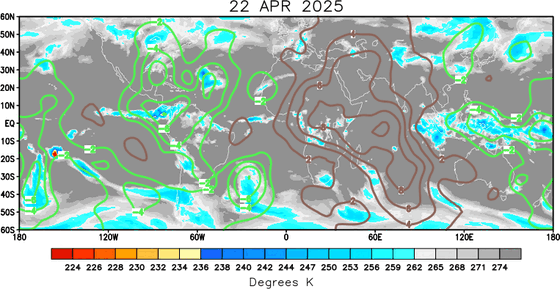
REMEMBER WHEN A TROPICAL STORM OR HURRICANE IS APPROACHING: Taping windows is *not* recommended & will not keep glass from breaking. Instead close curtains & blinds.
Realize the forecast cone (”cone of uncertainty”) is the average forecast error over a given time - out to 5 days - & *does not* indicate the width of the storm &/or where damage might occur.
The upper oceanic heat content (UOHC) [tropical cyclone heat potential/TCHP] across the SW Atlantic, Gulf & Caribbean is very high:
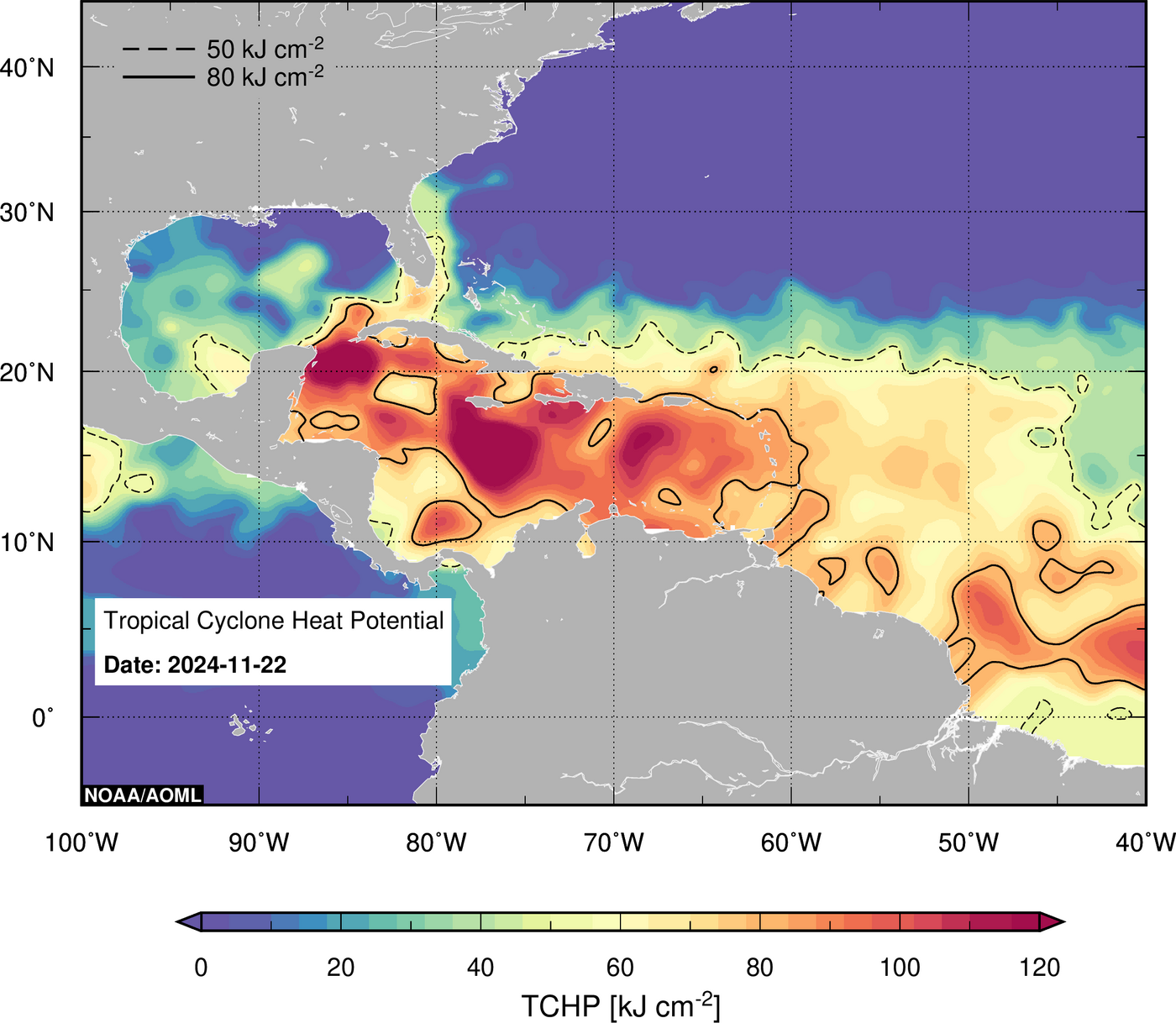
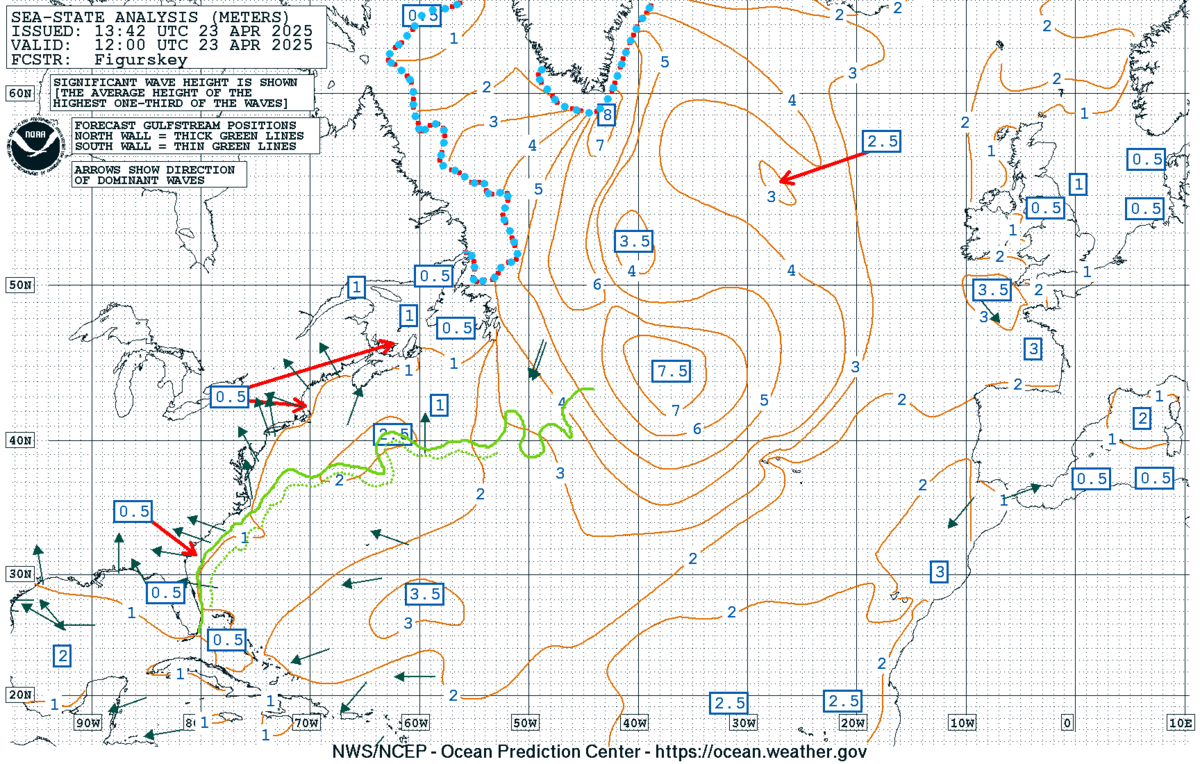




Water vapor loop (dark blue/yellow is dry mid & upper level air):


October tropical cyclone origins:
Averages below based on climatology for the Atlantic Basin for October:
Wind shear (red - strong shear; green - low shear):



Saharan dust spreads west each year from Africa driven by the prevailing winds (from east to west over the Atlantic). Dry air = yellow/orange/red/pink. Widespread dust is indicative of dry air that *can* interfere with the development of tropical cyclones. However, sometimes “wanna’ be” waves will just wait until they get to the other side of - or away from - the dust plume then try to develop if other conditions are favorable (we’ve already seen this with Beryl & Debby this year). In my personal opinion, there is way too much “hoopla” about the presence of Saharan dust & how it relates to tropical cyclones. In any case, the peak of Saharan dust typically is in June & July.

2024 names..... “Patty” is the next name on the Atlantic list (names are picked at random by the World Meteorological Organization... repeat every 6 years). Historic storms are retired [Florence & Michael in ’18 (the last time this year’s list was used)... Dorian in ’19 & Laura, Eta & Iota in ‘20, Ida in ‘21 & Fiona & Ian in ‘22]). In fact, this year’s list of names is rather infamous because of the ‘04 season when Charley, Frances, Jeanne & Ivan - all retired names - hit Florida within a matter of about 6 weeks. The WMO decided - beginning in 2021 - that the Greek alphabet will be no longer used & instead there will be a supplemental list of names if the first list is exhausted (has only happened three times - 2005, 2020 & 2021). The naming of tropical cyclones began on a consistent basis in 1953. More on the history of naming tropical cyclones * here *.

Hurricane season climatology:




East Atlantic:





Mid & upper level wind shear (enemy of tropical cyclones) analysis (CIMMS). The red lines indicate strong shear:
Water vapor imagery (dark blue indicates dry air):

Deep oceanic heat content over the Gulf, Caribbean & deep tropical Atlantic. The colors will brighten greatly as the water warms to greater depths deeper into the season:

Sea surface temp. anomalies:
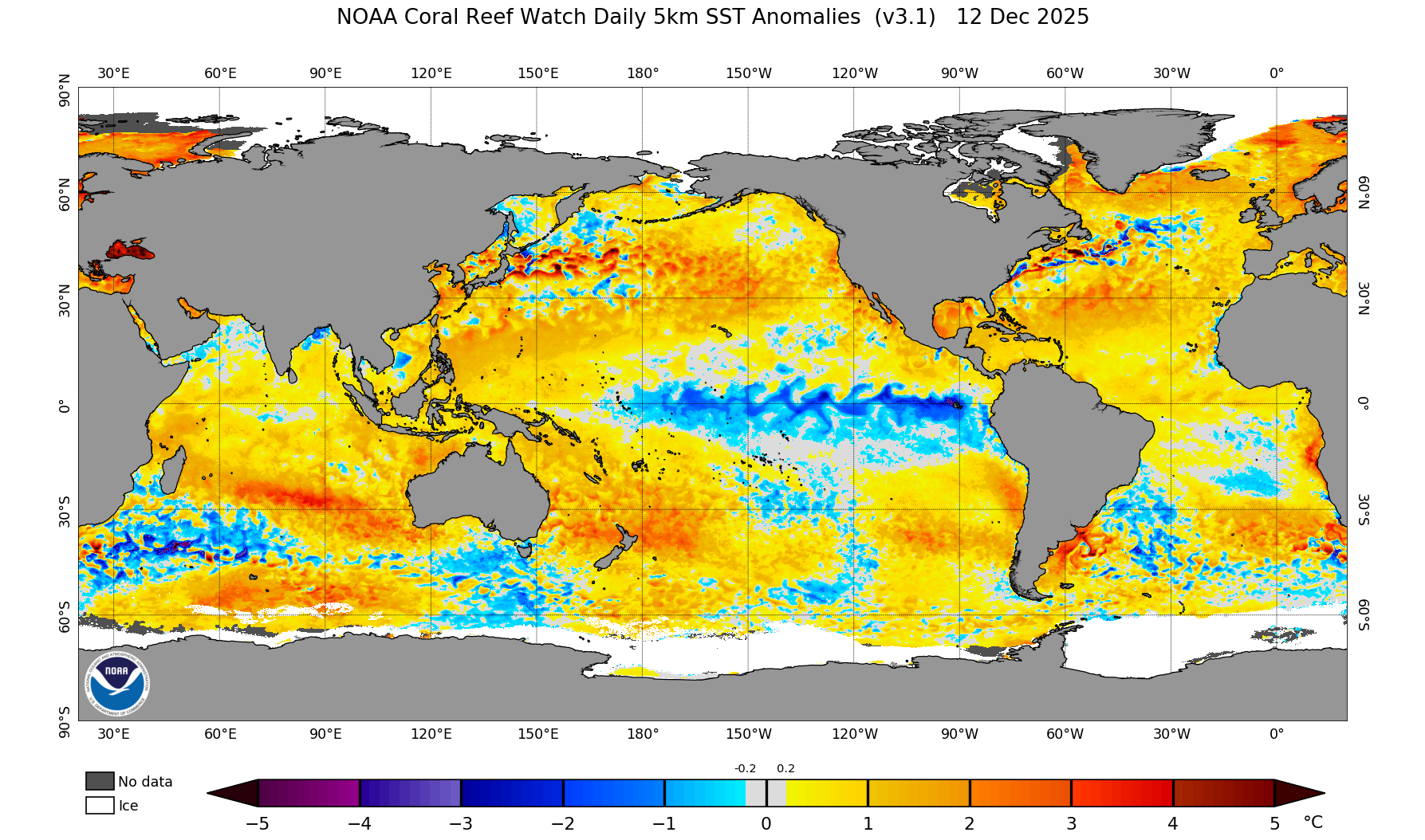

SE U.S. surface map:

Surface analysis centered on the tropical Atlantic:

Surface analysis of the Gulf:

Caribbean:

Atlantic Basin wave period forecast for 24, 48, 72 & 96 hours respectively:



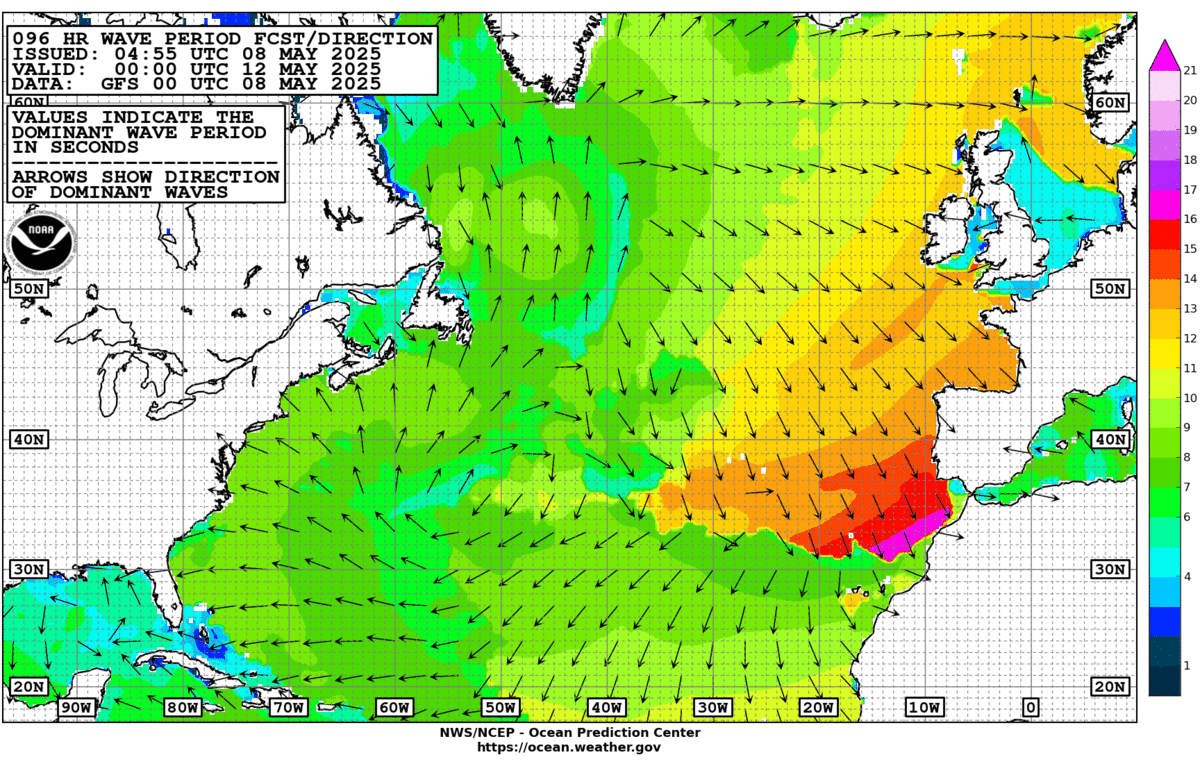

East & Central Pacific:




Central Pacific:
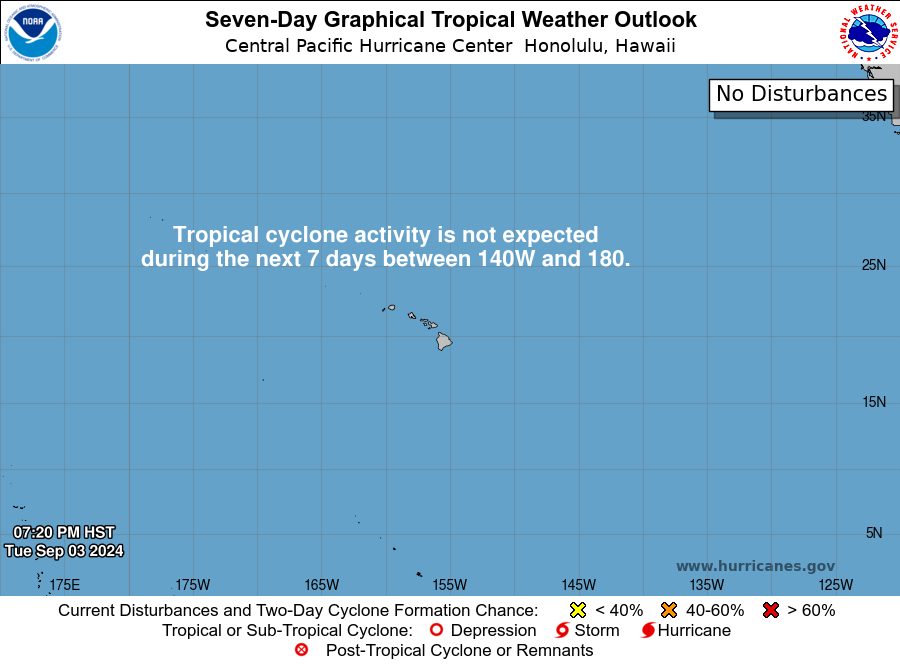
Hawaii satellite imagery:

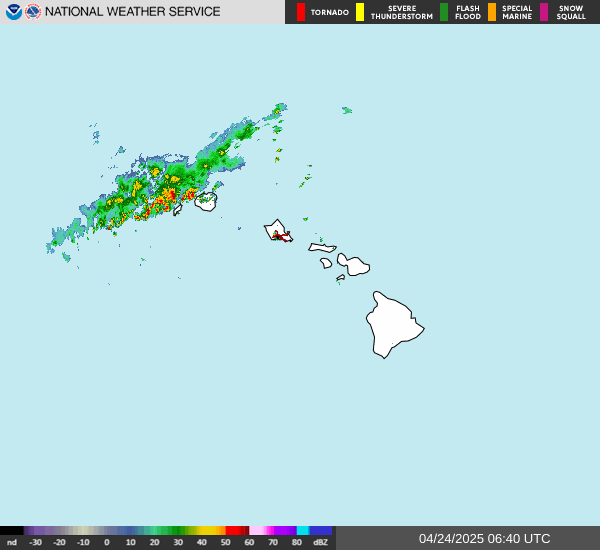
West Pacific:
“Kong-Rey”:


Global tropical activity:

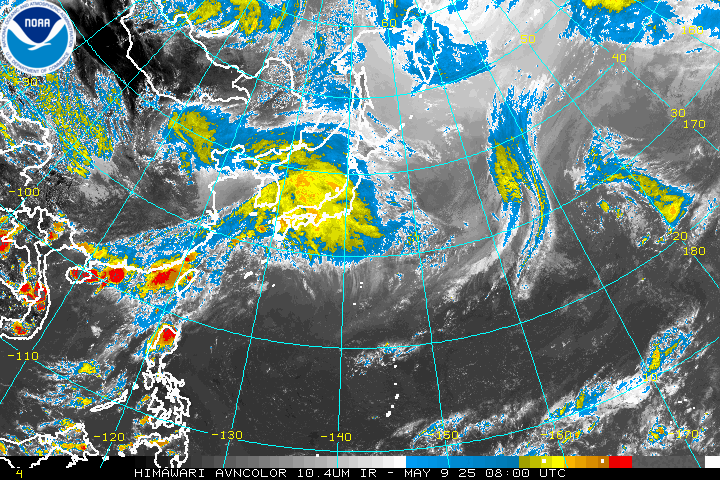
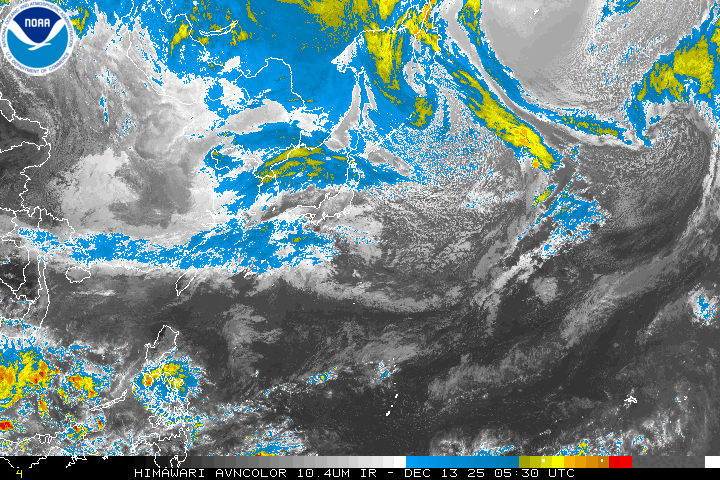
Cox Media Group















